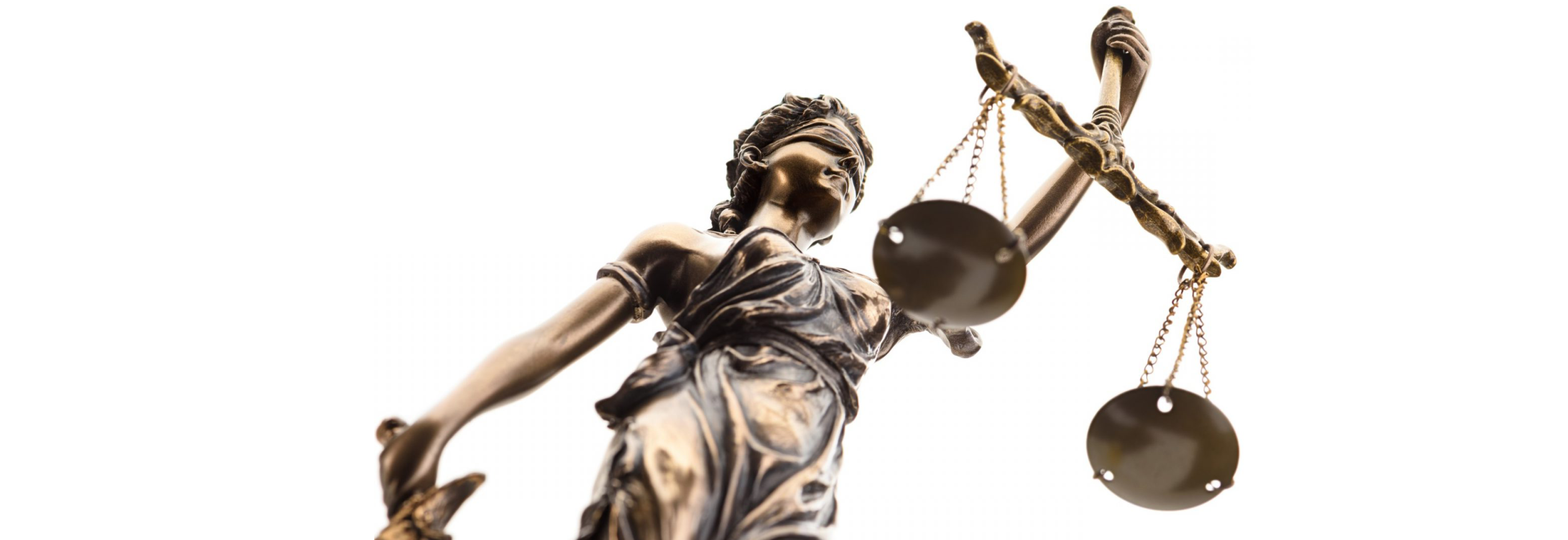
Whilst ad fraud continues to create industry headlines, discussion on how to combat it is everywhere. But there is one frequently overlooked action marketers can take to drastically reduce their exposure to ad fraud: improving measurement.
 Advertisers almost universally recognise that programmatic can enhance the performance of their advertising. A few are even beginning to see it could be transformative for their businesses.
Advertisers almost universally recognise that programmatic can enhance the performance of their advertising. A few are even beginning to see it could be transformative for their businesses.
But the road to developing market changing innovation is never usually a straight forward one and the evolution and growth of programmatic is no different.
Marketers are reacting to ad fraud concerns
While investment in programmatic continues to grow apace, many advertisers are concerned about fraud, transparency and issues like viewability.
Sensitivity to these problems is running high and will remain so until client and agency emerging technologies and best practices can deal with these issues and allow them to focus on building powerful brand and performance strategies.
Most programmatic practitioners have or are putting in place the right tools to ensure brand safety, such as robust ad verification software and comprehensive domain and keyword blacklists.
But a more basic issue needs to be addressed
Part of the problem though, is how advertisers set campaign goals for their agencies.
Programmatic technology is evolving so quickly that best practice six months ago could now very well be redundant. In fact relying on ‘old’ patterns of assessment, can often limit the impact and undermine the value of their spend.
By focusing on metrics which are easily influenced by bots and fraudulent clicks, advertisers are actually adding to the problems, in effect exposing themselves to fraud and viewability issues and receiving a poorer return on their programmatic investment.
Setting KPIs that incentivise agencies to purchase cheap inventory can increase the risk of exposing advertisers to non-brand safe inventory or fraud by 3-5 times compared to the higher cost ranges.
Measurement by last event, impression-based CPA goals (which has been standard practice) will inevitably encourage a media buying partner to ‘cookie bomb’; drop as many cookies as possible with the hope that a percentage will convert, allowing them to claim these conversions.
"Post campaign analysis meant we were able to convince this client to shift tack and re-set their goals around an incremental approach"
It is unsurprising that clients stick to what they know and brief agencies accordingly. It takes courage to re-set your thinking and to experiment.
Waitrose, the British supermarket chain, is a great example of how a re-think on programmatic can pay big dividends. The retailer wanted to measure the effect display had on their business, so they encouraged us to monitor the difference between users who were served a viewable ad and those who were served a non-viewable ad. Realising that programmatic display activity only delivered an uplift in conversions after serving five or more viewable ads to users, our work with Waitrose meant that we became the first agency to measure and optimise towards incremental conversions back in early 2014. It was an experimental approach that revealed the difference between traditional methods and the impact truly visible digital brand messages can have.

Hitting client targets by doing the wrong thing
On the other hand, we had a client who wanted to use a more traditional measure of post-impression CPA as their objective. We highlighted that it would be easy to hit this CPA target by simply doing the wrong thing for the brand - buying a lot of cheap inventory. The client was interested in seeing and comparing the different approaches so we set up the campaign initially to optimise to their preferred metric.
As we started to buy cheap inventory to hit the target, viewability dropped, and the number of impressions that were flagged as dangerous (non-brand safe or fraudulent) went up tenfold. But because the inventory was so cheap, we were still able to hit the CPA target and drop post-impression CPA by 30-40%, by breaking our best practice rules.
Post campaign analysis meant we were able to convince this client to shift tack and re-set their goals around an incremental approach based on serving audiences viewed impressions, and the effect of particular creative messages on their behaviour.
For more information on how bad metrics inadvertently encourage ad fraud, read our whitepaper "Measuring what matters".
Changing your approach to measurement
Breaking out of the herd mentality is brave, but investment in programmatic requires constant assessment and re-evaluation of what is possible. Right now that means connecting conversions to ads that were not just served, but actually viewed (by a human). The technology to do this is on the market and is proven and will evolve again in the near future.
At Infectious Media, we use viewed impression-level data to measure incremental conversions for an increasing number of clients. Focusing on incrementality means viewability is at the heart of our approach to programmatic and, crucially for our clients, means cookie bombing is never an option and only the highest quality inventory is targeted. This approach can open up a world of opportunity for brands to plan and invest strategically and continuously to drive their businesses forward.
With programmatic in our DNA, we seek to be at the forefront of combating ad fraud with innovative technology and processes. It’s a disruptive approach and often means our clients having to adapt the way they think about programmatic too. But bold steps are worth taking if brands want to take full advantage of all the opportunities the programmatic space offers.
Attila Jakab, Managing Director, Infectious Media
This piece originally appeared in Advertising Week.



.png)

